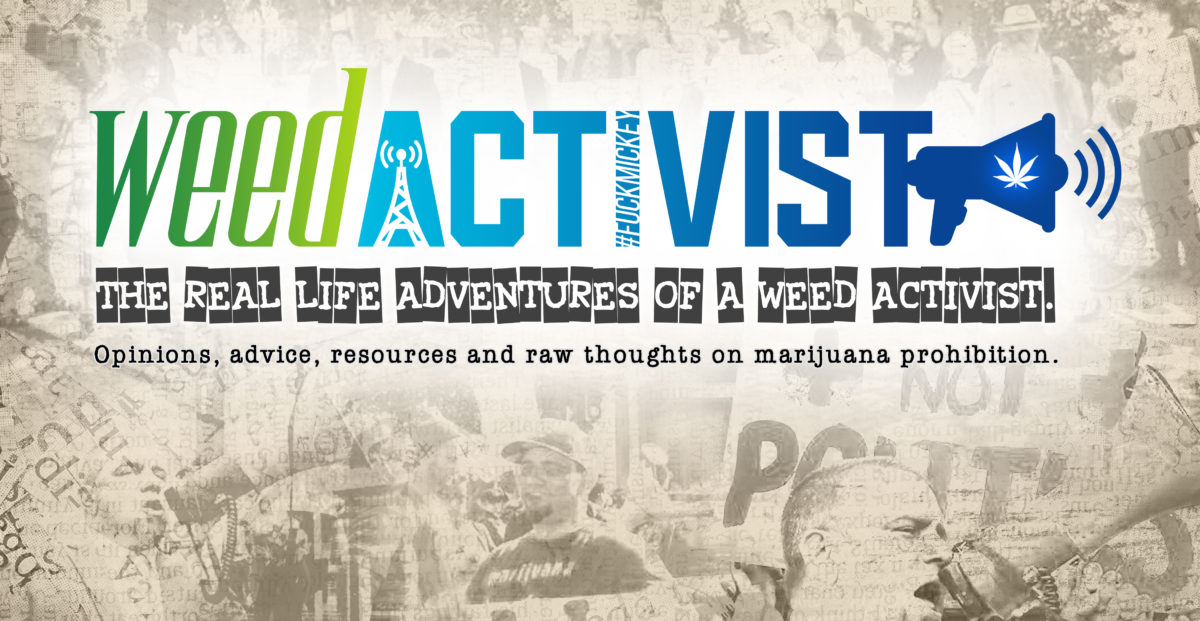Note: Dale Gieringer is the California director of the marijuana legalization group NORML, the National Organization for Reformof Marijuana Laws.
RISK OF STONED DRIVERS MINIMAL WITH PROP. 19
Critics of this November’s Proposition 19 initiative to legalize marijuana are raising concerns that it could lead to an epidemic of road accidents by pot-impaired drivers.
Because accidents, unlike other purported hazards of marijuana, pose a risk to non-users, such concerns deserve to be addressed seriously.
Fortunately, there exists extensive evidence showing that marijuana, unlike alcohol, does not pose a major highway safety hazard, and that liberal marijuana laws have no adverse impact on highway safety.
Studies on marijuana and driving safety are remarkably consistent, though greatly under-publicized because they fail to support the government’s anti-pot line. Eleven different studies of more than 50,000 fatal accidents have found that drivers with marijuana-only in their system are on average no more likely to cause accidents than those with low, legal levels of alcohol below the threshold for DUI.
The major exception is when marijuana is combined with alcohol, which tends to be highly dangerous.
Several studies have failed to detect any increased accident risk from marijuana at all. The reason for pot’s relative safety appears to be that it tends to make users drive more slowly, while alcohol makes them speed up.
Thus legalization could actually reduce accidents if more drivers used marijuana instead of alcohol, but it could also increase them if there were more combined use of the two.
So what will happen if California approves Proposition 19? Contrary to the claims of some opponents, Proposition 19 does not change current laws against driving under the influence. Nor would it bar testing of bus drivers or other safety-critical workers, as some have alleged; in fact, it explicitly protects the right of employers to address consumption that impairs job performance. Nor would it override federal drug-free work-force rules any more than did Proposition 215.
Nor would legalization necessarily dramatically increase the number of pot smokers. Studies have consistently failed to find any relationship between marijuana laws and usage rates. In the Netherlands, where marijuana is publicly available in coffee shops, usage is only half that in the United States. The Netherlands also boasts one of Europe’s lowest road fatality rates, well below its neighbors.
Similarly, California, despite having the freest medical marijuana regime in the nation, ranks 18th among states in marijuana use and boasts a highway fatality rate well below the national average.
Proposition 19 critics cite a recent report by retired researcher Al Crancer warning that the percentage of fatal drivers with marijuana in their blood has increased in California since 2004. (This doesn’t mean that marijuana necessarily caused the accidents, just that the drivers had used it in the past hours or days). Crancer spuriously blames this on the legalization of medical marijuana, but that happened in 1996, not 2004. Moreover, his data suggest similar trends in other states.
In fact, California ranks 14th in the nation in the rate of marijuana involvement in accidents, well behind states with tougher marijuana laws such as South Carolina, Indiana and Missouri. Crancer’s data also show that two of the state’s most pot-friendly counties, San Francisco and Santa Cruz, had zero pot-related road fatalities in 2008. All of this shows that liberal access to pot doesn’t necessarily mean more DUIs.
Still, it seems reasonable to assume that legalization would increase the number of pot users. A Rand Corp. report on legalization envisions a possible doubling in usage in California bringing us back to the same level as in the late 1970s, when marijuana use peaked.
You don’t remember an epidemic of highway accidents back when pot was so popular? That’s because it didn’t happen. U.S. accident rates declined steadily throughout the 1960s and ’70s, even while tens of millions of Americans were introduced to marijuana. Happily, accident rates have declined steadily since records were kept, thanks to improved technology, safer roads, better enforcement and public education.
Californians have little reason to fear an epidemic of auto accidents if Proposition 19 passes. New users would include many law-abiding persons who were previously deterred by its illegality and who would be more apt to respect DUI laws than today’s scofflaw users. Other problems could be controlled by common-sense enforcement and regulations, such as discouraging combined sales of liquor and pot.
Long ago, the architect of marijuana prohibition, Federal Bureau of Narcotics Commissioner Harry Anslinger, warned that legalizing marijuana would mean “slaughter on the highways.” Anslinger also warned that pot turned users into homicidal assassins, maniacs and addicts. Then as now, the public would be wise to disregard such reefer madness.
SoURCE: SacBee http://www.sacbee.com/2010/08/08/2943086/risk-of-stoned-drivers-minimal.html
